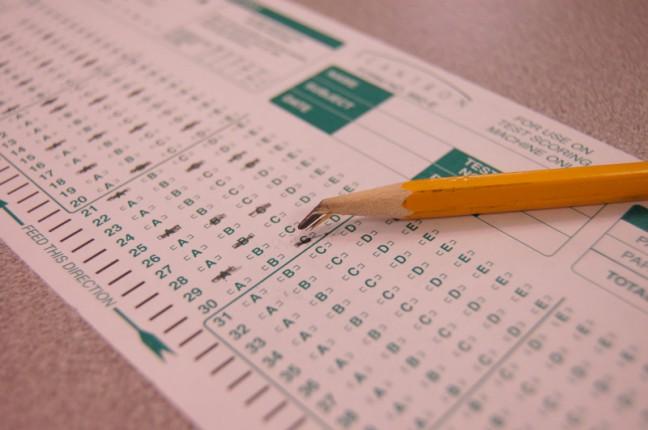During the crunch of finals week, while students are busy studying and taking their final exams, the Office of Testing and Evaluation Services at University of Wisconsin is busy grading the influx of exams and evaluations from classes across campus.
This department works to grade exams and get results quickly for professors in time for final grades, according to Sheree Rayford, a front desk coordinator for the testing and evaluation office.
Throughout the school year, Testing and Evaluation Services grades thousands of exams, she said.
To help meet the campus’ demand during exam periods, Rayford said they have additional workers during finals week.
On a typical day, there will be one to two exam processors per day, with quiet periods of time where there are no processors, she said. During finals week, there are at least two exam processors working all day, she said.
Professors can drop off exams from their class and wait for them to be graded, but they are not obligated to wait, she said.
“[Professors] also have the opportunity to just drop off the exams and then they can pick them up whenever it is convenient for them, but they would still get the results almost immediately,” Rayford said.
According to atmospheric and oceanic sciences professor Greg Tripoli, the exams take a couple hours to grade during midterm season.
During finals week, the turnaround time is faster with the extra staff, Rayford said. Professors can expect their exams graded and completed within five to 10 minutes.
After the exams are graded, the results are emailed to the professor or TA, who are then able to use this data to complete their grades at Learn@UW, Rayford said.
“We take the [grades] right off the spreadsheet they give us. We enter them in at Learn@UW and inform the class what they have,” Tripoli said.
Recently, T&E introduced a standardized course evaluation professors are able to give to students for course and instructor evaluations, which may help with discrepancies in the results, Rayford said.
“We have noticed some students have [accidentally] given courses a poor grading or a poor evaluation just because the grading scale changes from evaluation to evaluation,” Rayford said.
The issue arises when students are grading from strongly disagree to strongly agree scale in one course, while in another, they are grading from strongly agree to strongly disagree.
Rayford said the hope is that standardized course evaluations will eliminate this problem. A couple departments have started using these standardized course evaluations, but it is not a requirement, she said.
“It is just another option they are able to use,” Rayford said.


